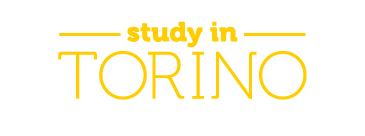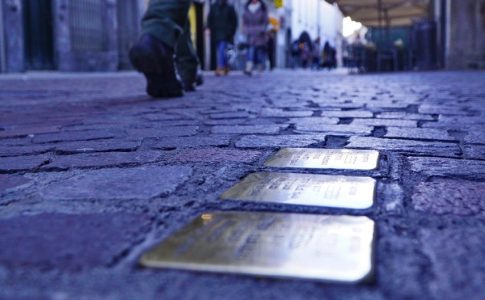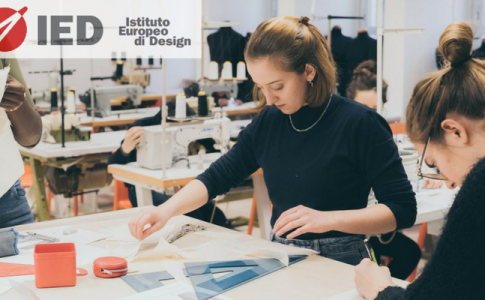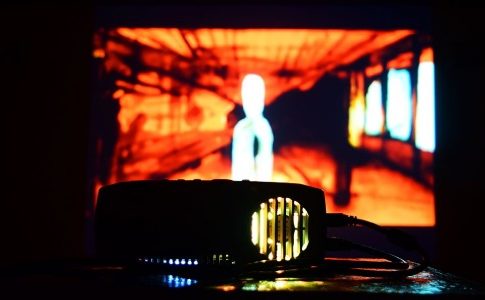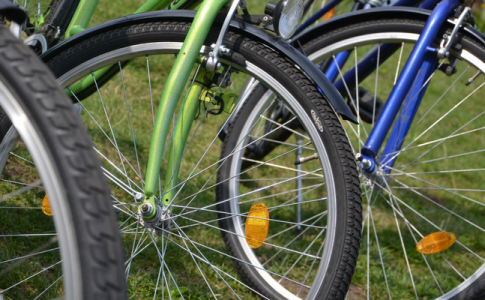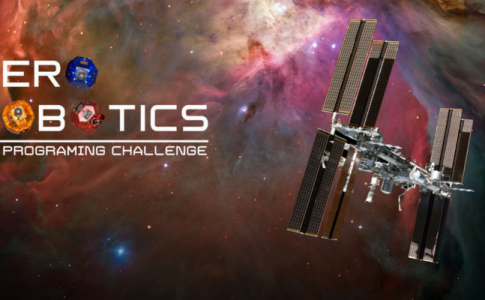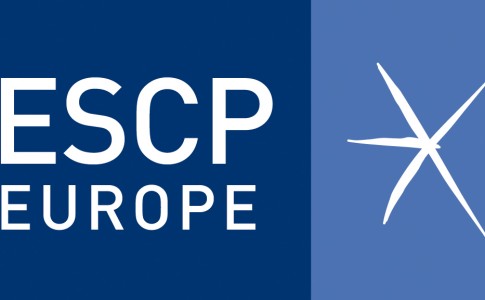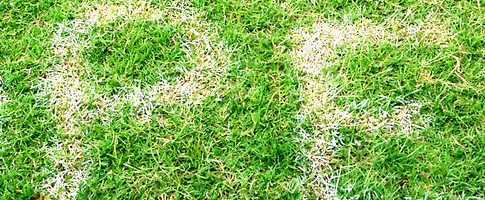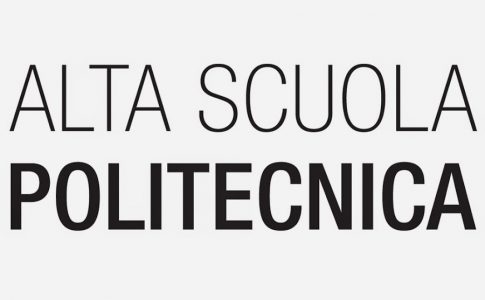The Stumbling Stones (Stolpersteine) are a widespread and participated monument designed and created by the german artist Gunter Demnig, whose ambitious goal is to remember every single deported into the lagers.
To keep alive the memory of the victims of nazi-fascism, the artist produces small brass plates placed on cubes of the size of the classic porphyry of road pavements, then set in the pavement in front of the last house freely chosen by the victim, or the place where the victim worked or studied.
The commemorative stones are reminiscent of the name, date and place of birth and the death or disappearance of the victims. These informations intende to give back individuality to those lives that during the war were reduced to only a number.
The stumbling block, therefore, metaphorically represents the invitation to reflection for those who, walking through the streets of the city, accidentally come across the history and the destinies of people who could have been our acquaintances. So the memory of what has been effectively enters into the streets that we frequent, in everyday life.
Stolpersteine is the “greatest” decentralized monument in the world. The initiative started in Cologne in 1995 and has led to the installation of more than 56 000 stones in various European countries.
These include Germany, Austria, Hungary, the Czech Republic, Slovakia, Poland, the Netherlands, Belgium, Luxembourg, Norway, France and the Czech Republic,
Spain, Switzerland, Greece, Ukraine, Slovenia, Croatia, Romania and Russia.
In Italy, in addition to Turin, there are in many cities including Rome, Viterbo, Siena, Reggio Emilia, Meina, Padua, Venice, Livorno, Prato, Ravenna, Brescia, Genoa, L’ Aquila, Bolzano, Ostuni, Chieti, Casale Monferrato, Teramo.
The installation is activated by individual citizens, associations or institutions that can request a specific stumbling block.
In Turin recently, on January 18th, eight other stumbling stones were laid, in addition to the 85 already present in the city.
Stumbling Stones Torino has been promoted by the Museo Diffuso della Resistenza, della Deportazione, della Guerra, dei Diritti e della Libertà, by the Jewish Community of Turin, by the Goethe-Institut Turin and by the Associazione Nazionale Ex Deportati (ANED) – sezione Torino, in collaboration with the Istituto Piemonte per la storia della Resistenza e della società contemporanea “Giorgio Agosti” (ISTORETO).
Here is the map of poses in Turin, where you can view the location of stumbling stones in the city and consult the corresponding biographies.
